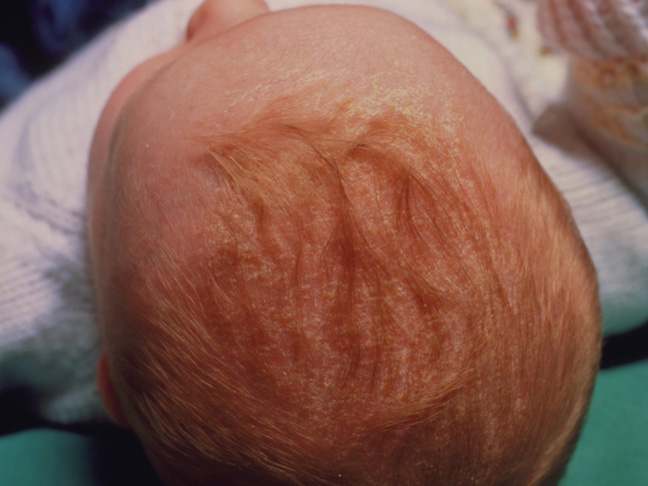If your baby has cradle cap, you know the scaly scalp condition isn’t pretty. The good news, however, is that cradle cap isn’t harmful. We checked in with two experts to find out exactly what is cradle cap, what causes it, how to get rid of cradle cap, and more. Keep reading for the real deal.
What is cradle cap?
If you’re wondering what causes craddle…
